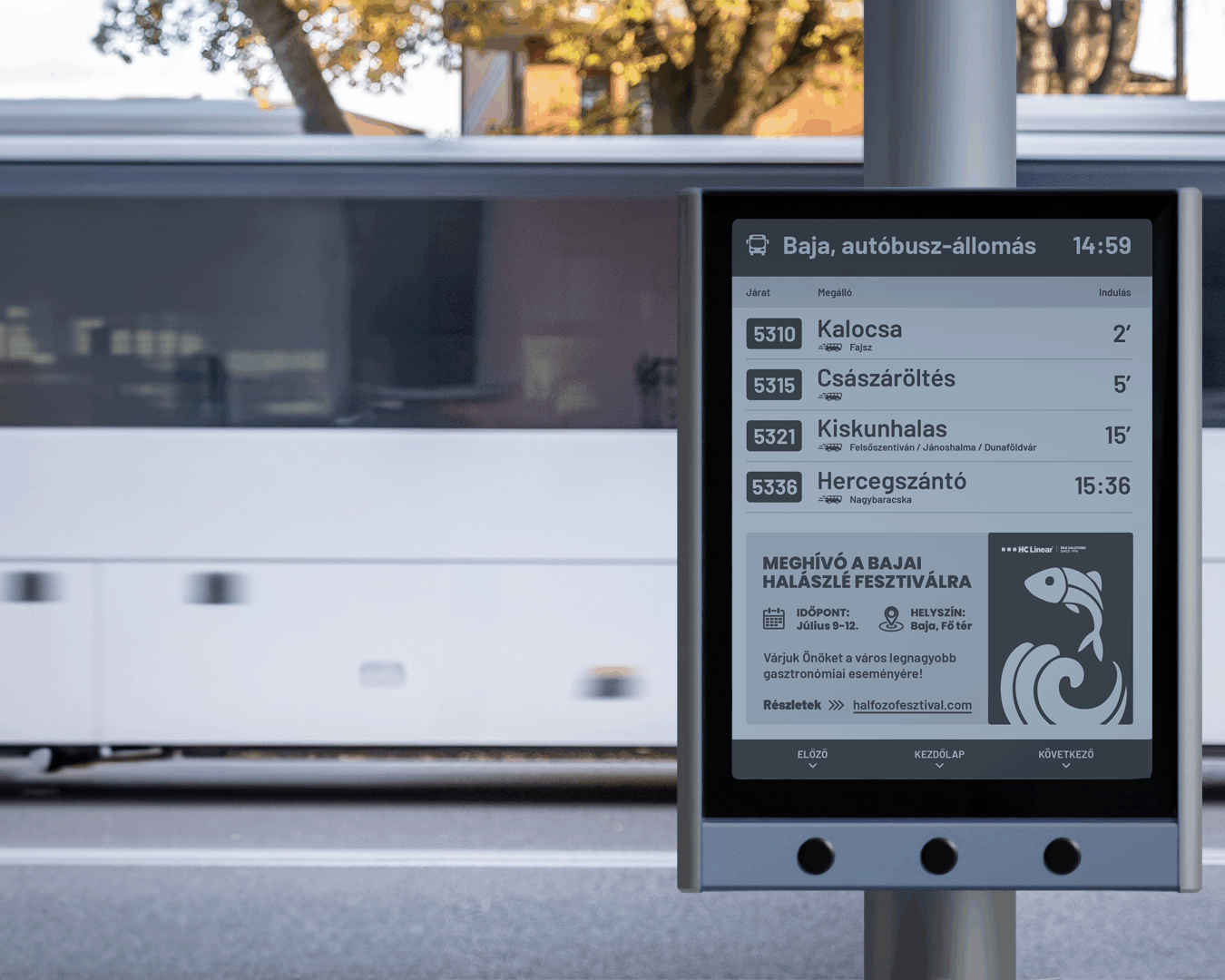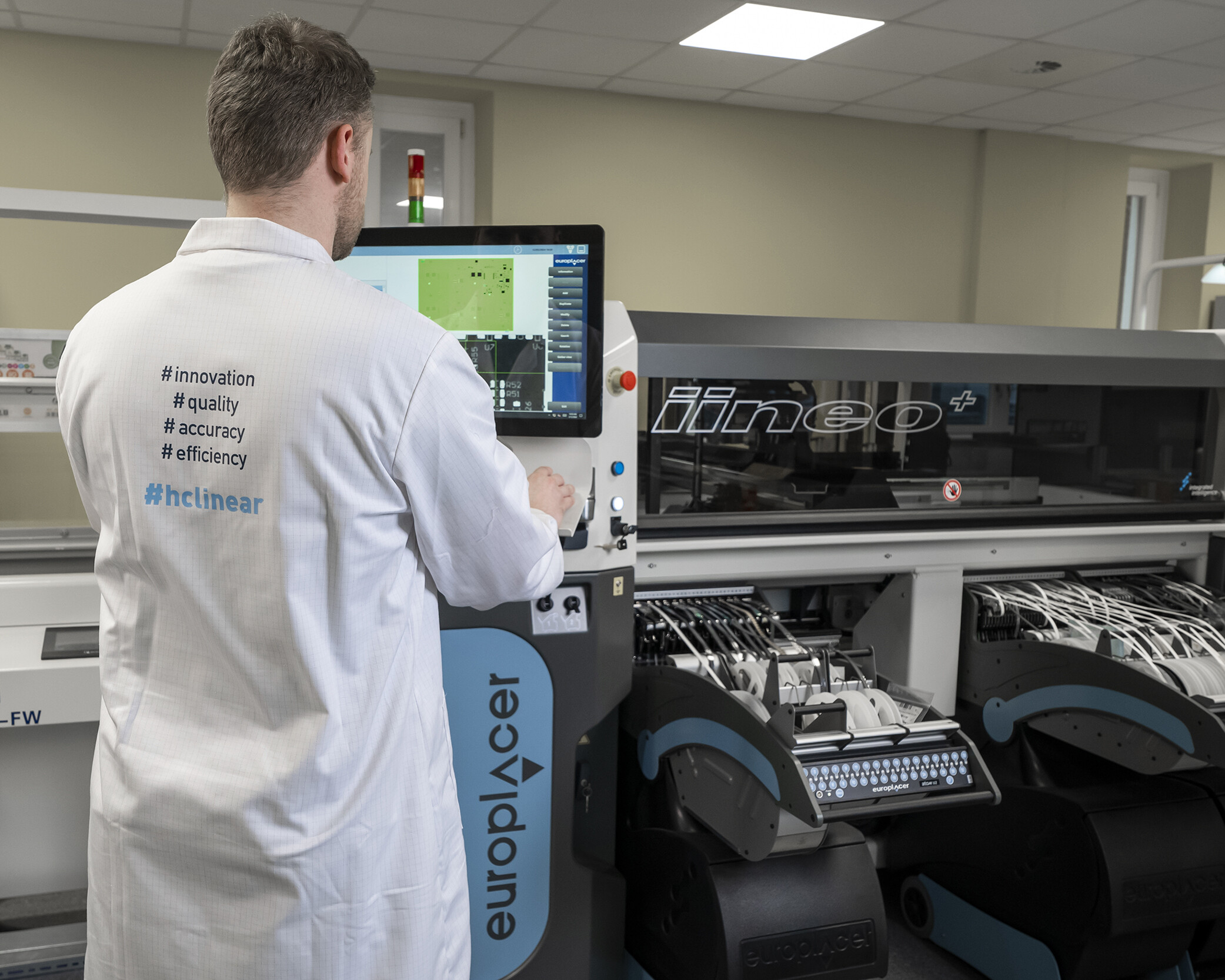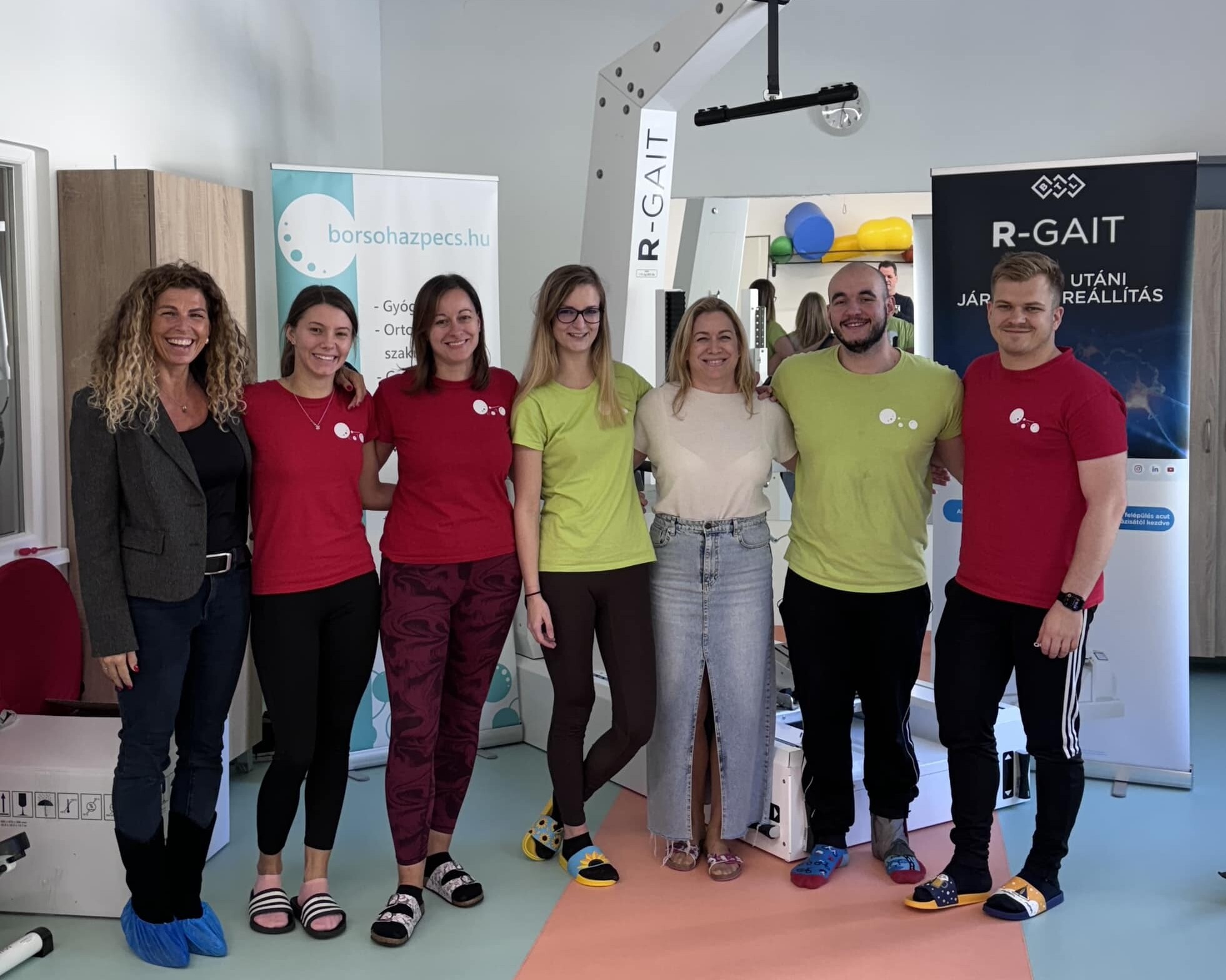Is a single app enough for modern passenger information?
Smartphone apps, just like in almost every area of life, have become a natural part of public transportation. Real-time service updates, route planning, and traffic alerts are now just a few taps away.
But is a mobile app really enough to ensure everyone gets the information they need? That’s the question we explore in this article.
Digital Inequality in Passenger Information
Research shows that digital inequality remains a significant issue in Hungary, especially across age, place of residence, and income lines. Older people, those living in rural areas, and lower-income groups have less access to, or are less likely to actively use, digital devices and the internet. These gaps reflect existing social inequalities and often deepen them further.
More than 87% of Hungarians over the age of 16 use a smartphone, but usage varies significantly by age group. Among younger adults aged 16 to 39, smartphone use is nearly 98%, while for those over 40, it drops to around 71%. In a typical Hungarian town with a population of about 3,000, roughly 1,700 people are over 40, and statistically, around 500 of them don’t own a smartphone. This means app-based passenger information alone cannot effectively reach this group.
Accessing real-time schedule information requires not only a smartphone but also a mobile internet connection, and mobile internet use tends to decline with age.
There are also significant regional differences. While smartphone usage is around 90% in Pest County and in the Western and Central Transdanubian regions, it falls below 80% in the eastern and southern parts of the country. Mobile internet usage is also lower in these areas; for example, in the Northern Great Plain region, it’s just 65%.
In Hungary, about 2.4 million people over 16 do not have access to mobile internet, meaning they cannot use app-based passenger information services.
A reliable and fair passenger information system must be accessible to everyone, regardless of who they are, where they are, or what device they use to get information. That’s why modern passenger information needs to be multichannel. Alongside digital apps, on-site information options must be provided to ensure every passenger can access the information they need.
In the next part of this article, we’ll explore on-site passenger information options. Beyond traditional paper timetable boards, there are many solutions available — like the SmartPage e-paper system. Don’t miss out! Follow us on LinkedIn, Facebook, or YouTube to stay updated on our latest projects, solutions, and the work of our engineers!
Share


